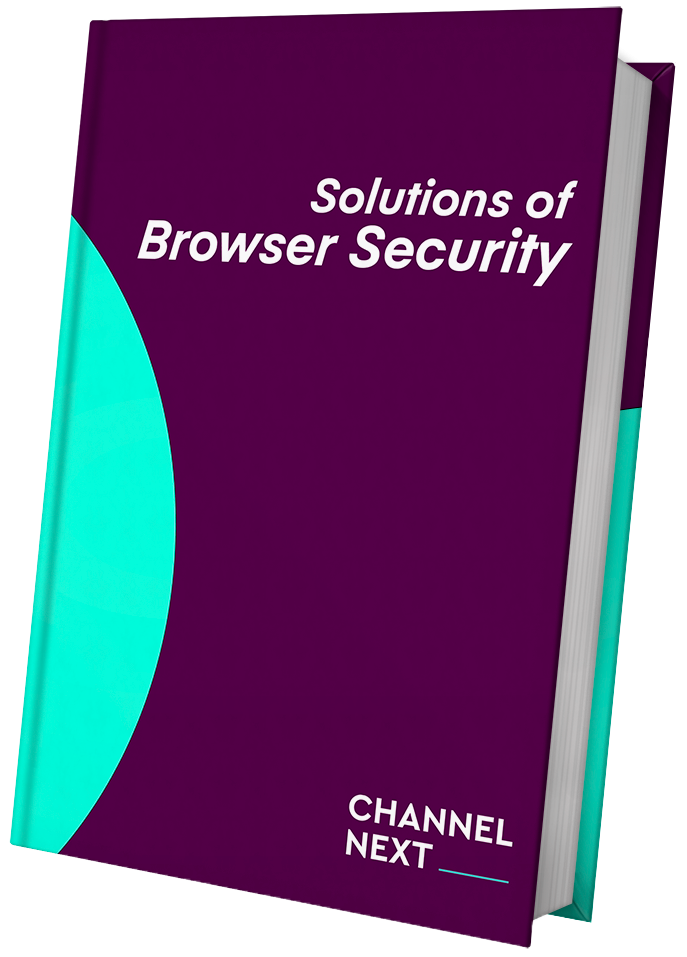Top Challenges

Lack of Visibility and control

Compliance and Regulatory Risks

Increased Security Vulnerabilities
Challenges
Inadequate visibility and control in cloud environments hinder policy enforcement and activity monitoring.
Consequences
Organizations face difficulties in detecting and responding to security threats, leading to potential data breaches and regulatory non-compliance.
Scenario 1: Unsanctioned Cloud App Usage
Employees in a marketing firm utilize unapproved cloud applications for file sharing. Without visibility and control mechanisms, sensitive client data leaks, resulting in legal repercussions and damaged client trust.
Scenario 2: Data Breach from Unmonitored Access
In a financial institution, customer data stored in the cloud remains unmonitored. Hackers exploit this vulnerability, leading to a data breach. The lack of oversight results in regulatory fines and reputational harm.
Scenario 3: Unauthorized Cloud Access
A manufacturing company's cloud storage lacks proper controls. Former employees retain access, leading to unauthorized data modifications. This oversight leads to compromised product designs and financial losses.
Scenario 4: Inadvertent Data Exposure
In a legal firm, lawyers share confidential documents via unvetted cloud platforms. Lack of visibility allows sensitive information to be exposed to unauthorized parties, resulting in legal disputes and client dissatisfaction.
CHALLENGES
Absence of SASE and CASB solutions heightens compliance challenges, risking regulatory violations, fines, and reputational harm due to inadequate data protection measures and inability to meet industry standards.
Consequences
Organizations face legal liabilities, financial penalties, and damaged reputation for non-compliance with data protection regulations, undermining trust and business credibility.
CHALLENGES
Without SASE and CASB solutions, organizations face heightened security vulnerabilities, such as unauthorized access and data exfiltration, in their hybrid or cloud-hosted environments.
Consequences
This increases the risk of security incidents, data breaches, and financial losses due to inadequate security controls and monitoring mechanisms.
Scenario 1: Phishing Attack
An employee receives a convincing phishing email purportedly from a trusted source, prompting them to enter their credentials on a fake login page. The attacker, now armed with valid credentials, gains unauthorized access to cloud applications. Without SASE and CASB protection, the attacker navigates freely within the organization’s cloud environment, accessing sensitive data such as customer information, financial records, and intellectual property.
The compromised data is exfiltrated undetected, resulting in severe data breaches. The organization faces financial losses from regulatory fines, legal fees, and potential lawsuits. Moreover, the damage to its reputation leads to loss of customer trust and diminished business opportunities.
Scenario 2: Weak Authentication Controls
Cloud applications lack robust authentication mechanisms, allowing attackers to exploit weak or default credentials. Without SASE and CASB solutions to enforce stronger authentication policies, unauthorized users gain access to sensitive data stored in the cloud. Attackers leverage this access to exfiltrate confidential information, compromising the organization’s data integrity and confidentiality.
The incident triggers regulatory scrutiny, imposing hefty fines for non-compliance. Additionally, customers lose faith in the organization’s ability to safeguard their data, resulting in reputational damage and loss of business.
Scenario 3: Malicious Insider Activity
A disgruntled employee abuses their privileged access to cloud applications to steal sensitive data. Without SASE and CASB controls, the insider’s actions go unnoticed as they navigate through the organization’s cloud repositories, extracting confidential information such as trade secrets and customer records.
The stolen data is sold to competitors or leaked online, causing irreparable damage to the organization’s reputation and financial standing. Legal ramifications ensue, with lawsuits filed against the organization for negligence in safeguarding sensitive information.
Scenario 4: Accidental Data Exposure
An employee unintentionally misconfigures cloud permissions, making confidential files accessible to unauthorized individuals. Without SASE and CASB safeguards, the exposed data is freely accessible to anyone on the internet, including cybercriminals. The organization faces regulatory penalties for failing to protect sensitive data and violating data privacy regulations.
Furthermore, the breach damages customer trust and undermines the organization’s credibility, resulting in lost business opportunities and decreased revenue.























